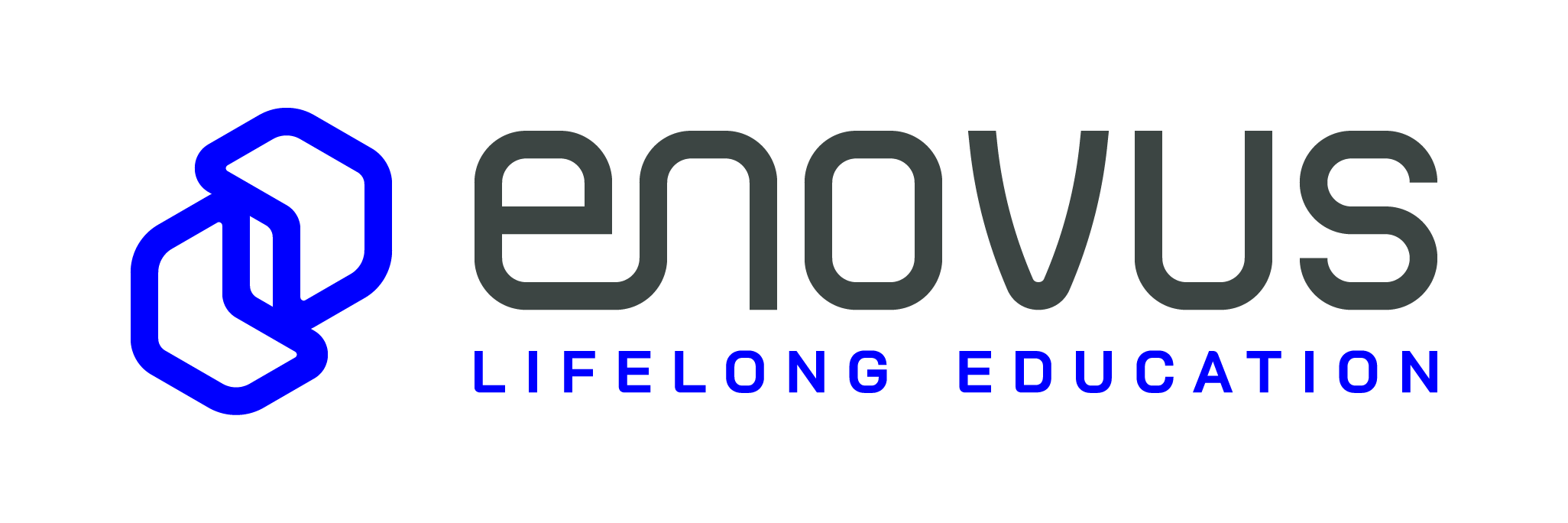

Grupo Enovus

Santiago Metropolitan Region, Chile
December 2023
Higher education
Service with Significant Environmental Footprint
Chile
Somos un equipo formado por 1.500 personas cuyo propósito común es impactar positivamente a las personas, las empresas y su entorno a través del poder transformacional de la educación. Nos caracteriza la PASIÓN por DESARROLLAR las COMPETENCIAS y EMPODERAR a las PERSONAS en el MUNDO del trabajo, a través de proyectos educativos FLEXIBLES que articulan FORMACIÓN, INNOVACIÓN y TECNOLOGÍA. Desde el año 2012 hemos desarrollado un modelo educativo integrado por diferentes instituciones educativas tales como Iplacex, Esucomex y Enovus+. Más de 300.000 estudiantes han impactado positivamente diferentes etapas de sus vidas, mediante educación superior técnico profesional, programas de articulación y variados formatos de educación continua. Más de 100 empresas desarrollan con nuestro apoyo múltiples programas de formación para sus equipos de trabajo y sus stakeholders. Nos comprometemos con nuestros estudiantes en un proyecto centrado en la educación y formación, como parte de un proceso de desarrollo laboral e integral de las personas. Creemos firmemente que la educación y formación pueden ser parte de modelos de inversión de impacto para hacer más sostenible las metas que tenemos como país.
Overall B Impact Score
Governance 6.6
Governance evaluates a company's overall mission, engagement around its social/environmental impact, ethics, and transparency. This section also evaluates the ability of a company to protect their mission and formally consider stakeholders in decision making through their corporate structure (e.g. benefit corporation) or corporate governing documents.
What is this? A company with an Impact Business Model is intentionally designed to create a specific positive outcome for one of its stakeholders - such as workers, community, environment, or customers.
Workers 23.6
Workers evaluates a company’s contributions to its employees’ financial security, health & safety, wellness, career development, and engagement & satisfaction. In addition, this section recognizes business models designed to benefit workers, such as companies that are at least 40% owned by non-executive employees and those that have workforce development programs to support individuals with barriers to employment.
Community 14.1
Community evaluates a company’s engagement with and impact on the communities in which it operates, hires from, and sources from. Topics include diversity, equity & inclusion, economic impact, civic engagement, charitable giving, and supply chain management. In addition, this section recognizes business models that are designed to address specific community-oriented problems, such as poverty alleviation through fair trade sourcing or distribution via microenterprises, producer cooperative models, locally focused economic development, and formal charitable giving commitments.
Environment 13.0
Environment evaluates a company’s overall environmental management practices as well as its impact on the air, climate, water, land, and biodiversity. This includes the direct impact of a company’s operations and, when applicable its supply chain and distribution channels. This section also recognizes companies with environmentally innovative production processes and those that sell products or services that have a positive environmental impact. Some examples might include products and services that create renewable energy, reduce consumption or waste, conserve land or wildlife, provide less toxic alternatives to the market, or educate people about environmental problems.
Customers 34.2
Customers evaluates a company’s stewardship of its customers through the quality of its products and services, ethical marketing, data privacy and security, and feedback channels. In addition, this section recognizes products or services that are designed to address a particular social problem for or through its customers, such as health or educational products, arts & media products, serving underserved customers/clients, and services that improve the social impact of other businesses or organizations.
What is this? A company with an Impact Business Model is intentionally designed to create a specific positive outcome for one of its stakeholders - such as workers, community, environment, or customers.